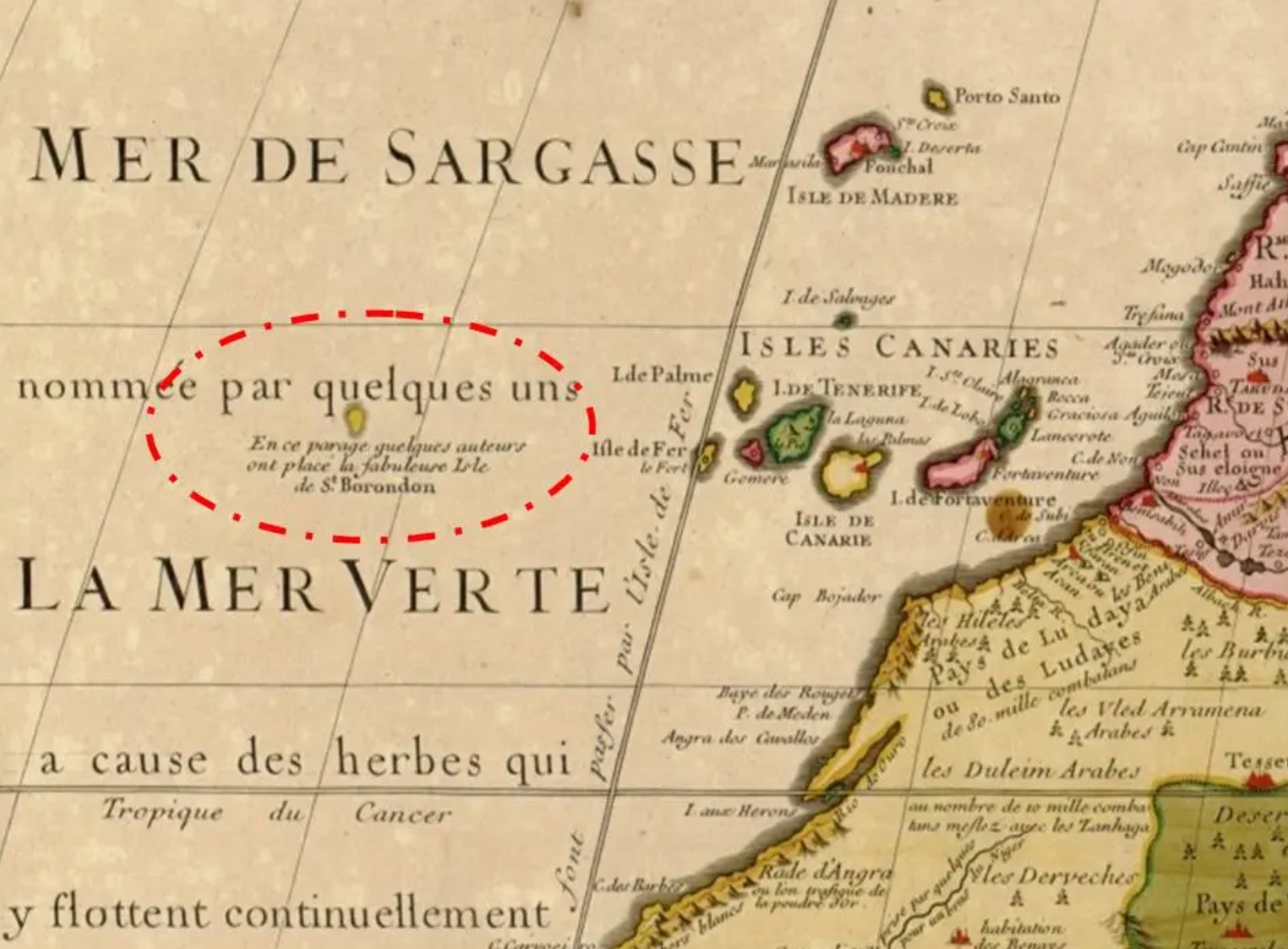For over seven centuries, the Atlantic waters west of the Canary Islands have been home to a captivating maritime enigma: the phantom island of San Borondón. Mentioned in maps and chronicles since the 13th century, this elusive land mass is famed for its habit of mysteriously appearing and vanishing, earning it the title of the "ninth island" of the Canary archipelago.

A Legend Born of a Saint
The legend of San Borondón traces its origins to the 6th-century Irish monk, Saint Brendan the Navigator. According to medieval accounts, the monk once landed on an island in the middle of the ocean that seemed solid ground, only for it to disappear suddenly. Popular tradition attributes the name of the phantom Spanish island to him.
Early depictions of the island were grand. The renowned Hereford world map of the 13th century shows an island named "Saint Brand" west of the Canaries, suggesting it would have been one of the largest in the archipelago, measuring an estimated 480 kilometres long and 155 kilometres wide. Despite its historical mention, its existence has never been definitively confirmed.
Centuries of Failed Expeditions
The allure of San Borondón was so strong that it spurred numerous expeditions between the 16th and 18th centuries, primarily focusing on the area northwest of El Hierro and near La Palma.
Notable attempts to find the island include:
- Late 15th Century: Fernando de Viseu, nephew of Infante Don Enrique the Navigator, led an early search.
- 1570: Hernán Pérez de Grado claimed to have reached the shores and even lost part of his crew on the voyage. The Portuguese pilot Pedro Vello also claimed to have landed, although he was forced to abandon the island due to adverse weather conditions.
- 1604: An expedition by Gaspar Pérez de Acosta and Friar Lorenzo de Pinedo returned empty-handed, suggesting the sighting was merely a bank of clouds on the horizon.
- 1721: Gaspar Domínguez led the last official expedition in search of the island, ultimately failing to find it.

Explaining the Vanishing Act
Today, San Borondón remains undiscovered, though the mystery of its reported sightings continues to spark speculation. Researchers have proposed several scientific explanations for the enduring legend:
Optical Illusions: The most common theory is that the sightings are mirages. These optical illusions are caused by light refracting in the atmosphere, making distant land or clouds appear closer, larger, and more distinct than they truly are.
Cloud Formations: Large, dense clusters of clouds over the sea can often assume the appearance of a floating, solid island, only to dissipate later, creating the illusion of a sudden "disappearance."
Volcanic Activity: Less likely, but intriguing, is the speculation that the sightings could be an underwater volcanic formation that briefly rises above the surface before sinking back into the depths.
As of 2025, the ghostly island of San Borondón remains an active part of Spanish folklore, a reminder of the legends still hidden within the vastness of the ocean.